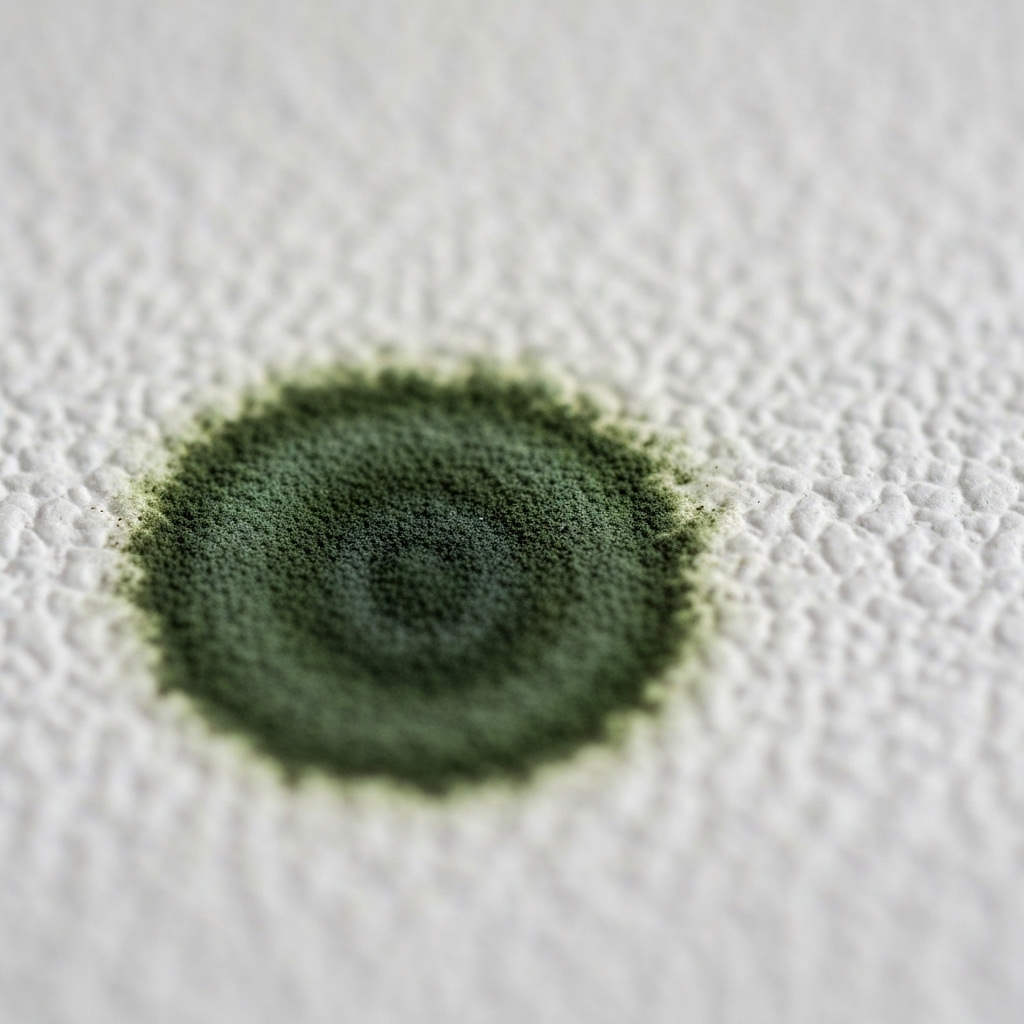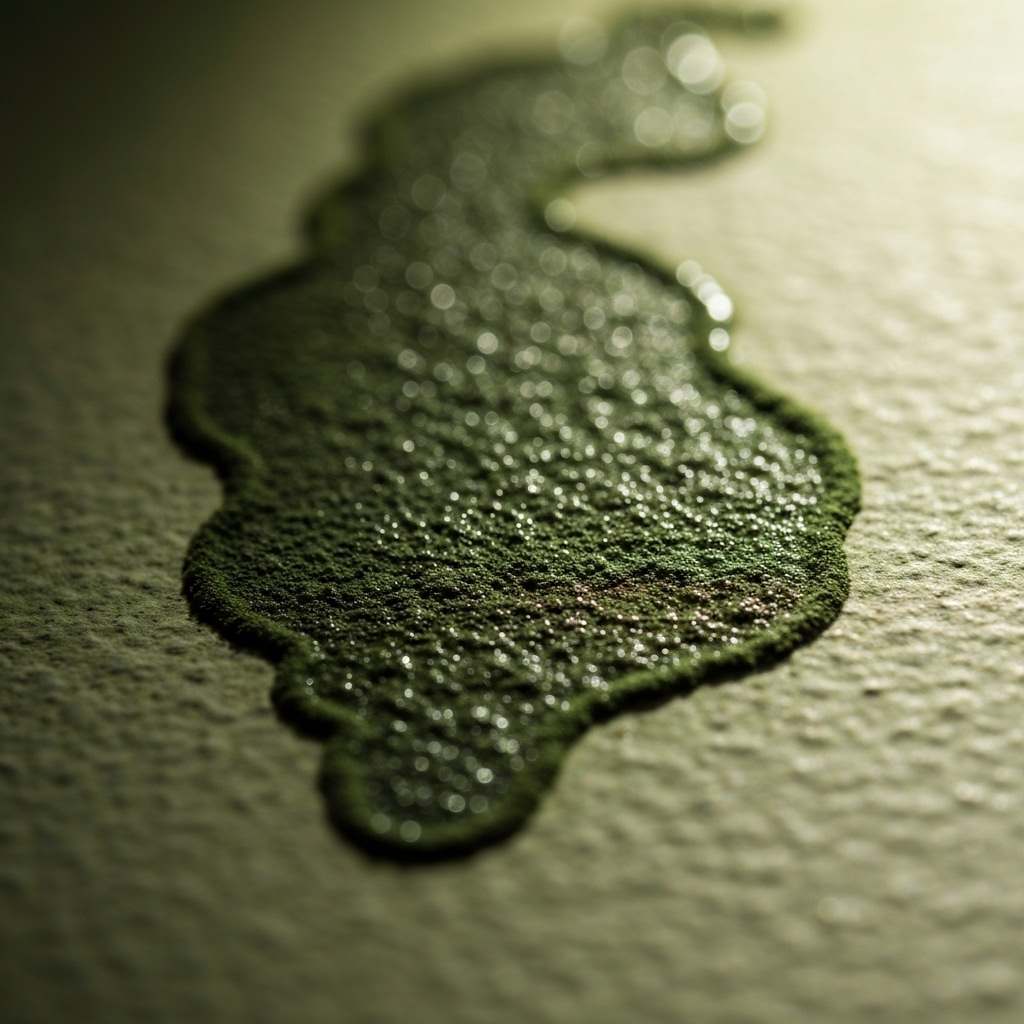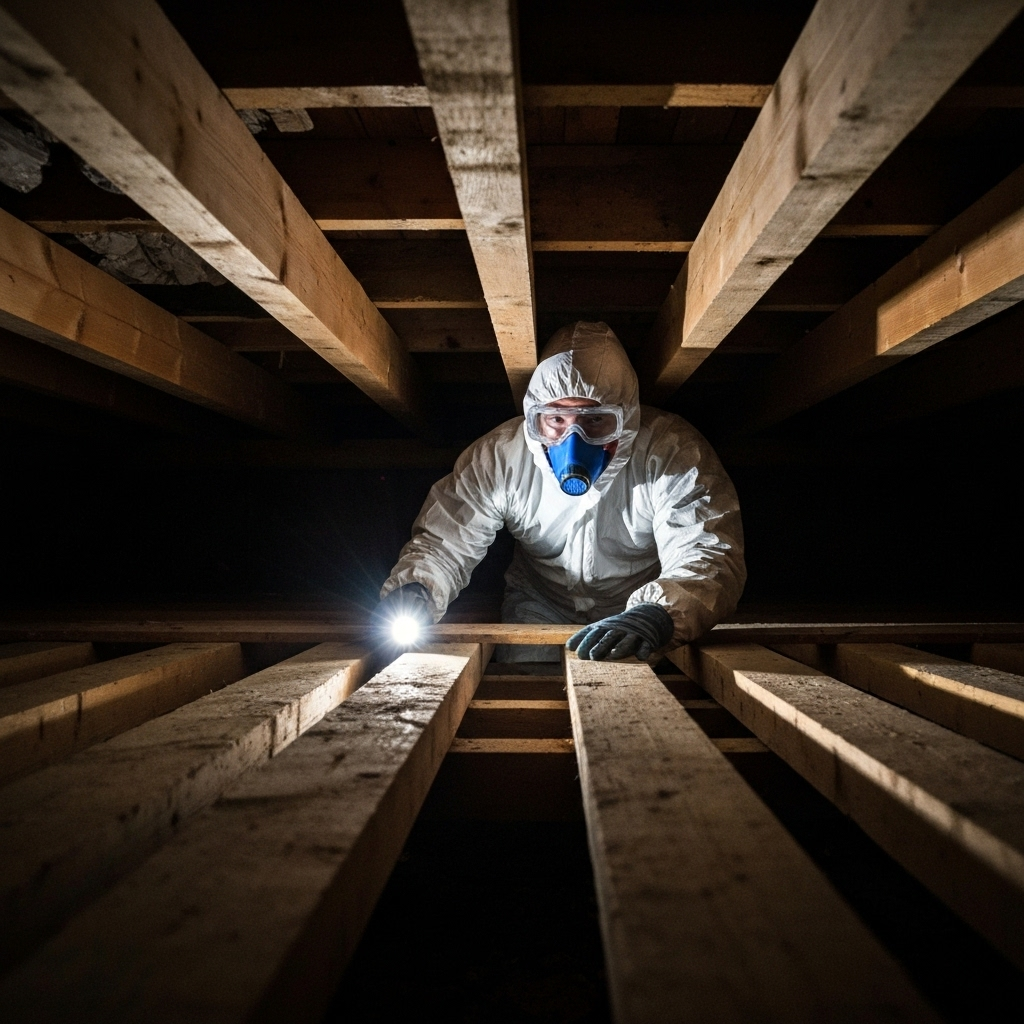From the Mold Detector AI team
Spot mold sooner, breathe easier.
Fresh posts every few days on how to recognize mold, understand the health risks, and take confident next steps with help from Mold Detector AI.

Identification
What Does Ceiling Mold Look Like? A Homeowner's Guide to Identification
Discover what ceiling mold looks like with our guide. Learn to identify colors, textures, and when to call a pro for mold on ceiling tiles.
- Ceiling tiles are prone to mold due to their porous nature and proximity to common moisture sources like roofs and plumbing.
- Ceiling mold appears in many colors (black, green, yellow, white) and textures (fuzzy, powdery, slimy), not just one 'look'.
- Identifying and fixing the source of moisture is the most critical step for permanent mold removal.

Identification
Is It Dangerous Black Mold? Stachybotrys vs. Other Common Molds
Discover the key differences between Stachybotrys (toxic black mold) and other common household molds. Learn how to identify them and what steps to take.
- "Black mold" is a color, not a species. The infamous toxic variety is Stachybotrys chartarum.
- Stachybotrys is typically slimy and black, requiring constant, heavy water damage to grow.
- Penicillium/Aspergillus are often fuzzy and can be green, blue, yellow, or black, growing in a wider range of damp conditions.

Identification
Is That Mold in Your Crawlspace? A Homeowner's Guide to Identification
Worried about mold in your crawlspace? Learn the signs, what it looks like, and how to safely inspect. Get clear steps for identification and action.
- Crawlspaces are high-risk for mold due to persistent moisture, darkness, and poor ventilation.
- A musty, earthy smell is a primary indicator of hidden mold growth, even if you can't see it.
- Visually, mold can be white, black, or green and appear fuzzy, slimy, or powdery. It is often confused with efflorescence.

Identification
Is It Mold or Dirt? A Homeowner's Guide to Telling the Difference
Is that spot on your wall harmless dirt or concerning mold? Our guide helps you tell the difference with visual cues, simple tests, and expert tips.
- Mold often appears fuzzy, slimy, or in clusters, while dirt is typically a flat smudge.
- Location is a key clue: Mold thrives in damp areas like bathrooms and basements.
- A musty, earthy odor is a strong indicator of mold, whereas dirt is usually odorless.
Identification
What Does Mold on Drywall Look Like? (Pictures & ID Guide for Homeowners)
Worried about spots on your wall? Learn what mold on drywall looks like, from black spots to white fuzz. Our guide helps you identify mold with pictures.
- Mold on drywall appears in various colors (black, green, white, gray) and textures (fuzzy, powdery, spotted).
- The presence of mold always indicates an underlying moisture problem that must be fixed.
- Distinguishing mold from water stains or dust is key; mold often has a distinct texture and grows over time.
Identification
What Does Black Mold Look Like? A Homeowner's Guide with Pictures
Worried about black mold? See real black mold pictures, learn to identify its key visual signs, and know what steps to take next. Your expert guide.
- "Black mold" (Stachybotrys chartarum) has a distinct slimy, dark greenish-black appearance.
- It thrives in very damp areas with cellulose-rich materials like drywall and wood.
- Not all dark-colored mold is "toxic black mold"; many common species look similar.